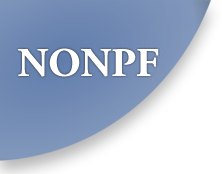Absent confidence intervals and persistent use of relative risk: Lessons from the NP clinical literature
Saturday, April 25, 2015
Key Ballroom 11-12 (Hilton Baltimore)
Abstract:
As the nurse practitioner profession is maturing, so is its literature. NPs now consult journals written by and for nurse practitioners. Two journals, Journal of the American Association of Nurse Practitioners and The Journal for Nurse Practitioners, predominate this market. These journals publish original research as well as clinical review articles. This published work should help NPs understand the state of the science about a particular clinical issue and clearly communicate uncertainty and risk so that the reader can make informed decisions. This is essential to providing high quality, evidence-based practice. Therefore, the question is whether these two journals publish manuscripts that meet the standard for communicating uncertainty and risk? To answer this question, three years of each journal (2011-2013) were evaluated for whether one of more of the authors had the DNP and/ or PhD degree, the presence of confidence intervals when reporting a p-value and for explicitly stating relative or absolute risk when reporting risk and/ or risk reduction. Overall, confidence intervals were mostly missing in action. Similarly, for the reporting of risk, most authors did not specify absolute or relative risk reduction when reporting risk. However, on close reading, most authors were reporting relative risk reduction in their literature reviews. This session will present the details about this analysis, offer specific exemplars of low and high quality reports of findings in both literature reviews and original research, and offer suggestions for standardized reporting in NP journals.

